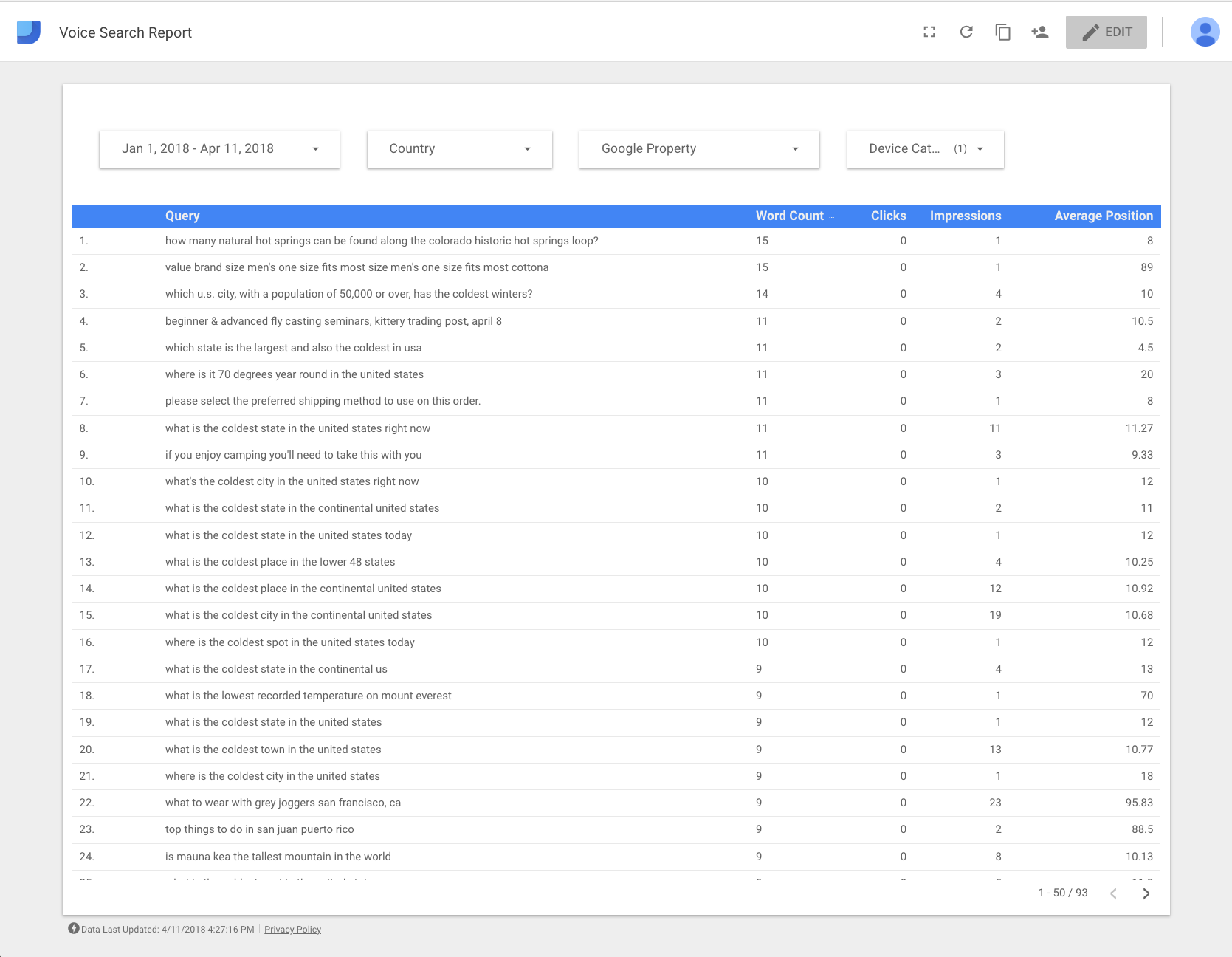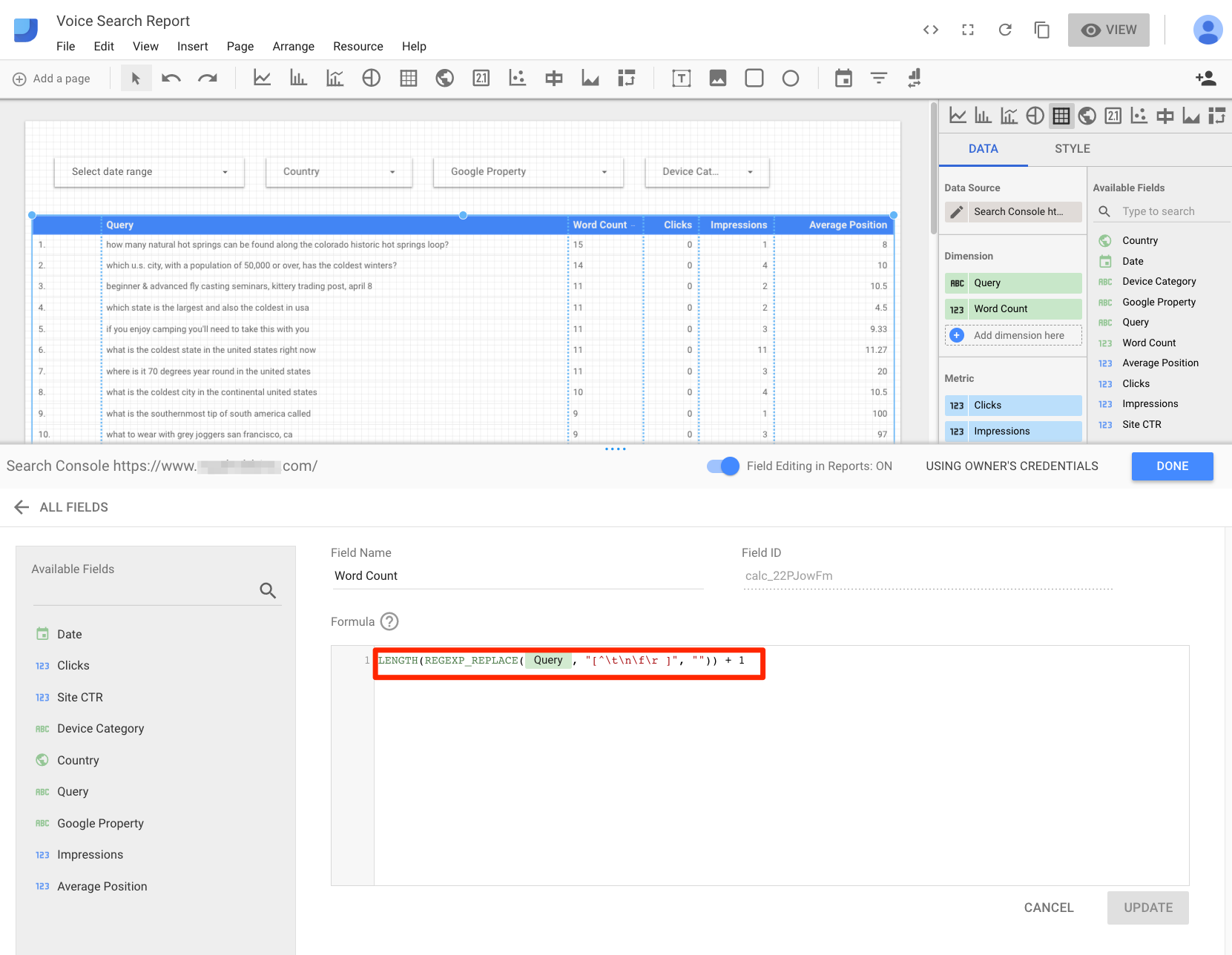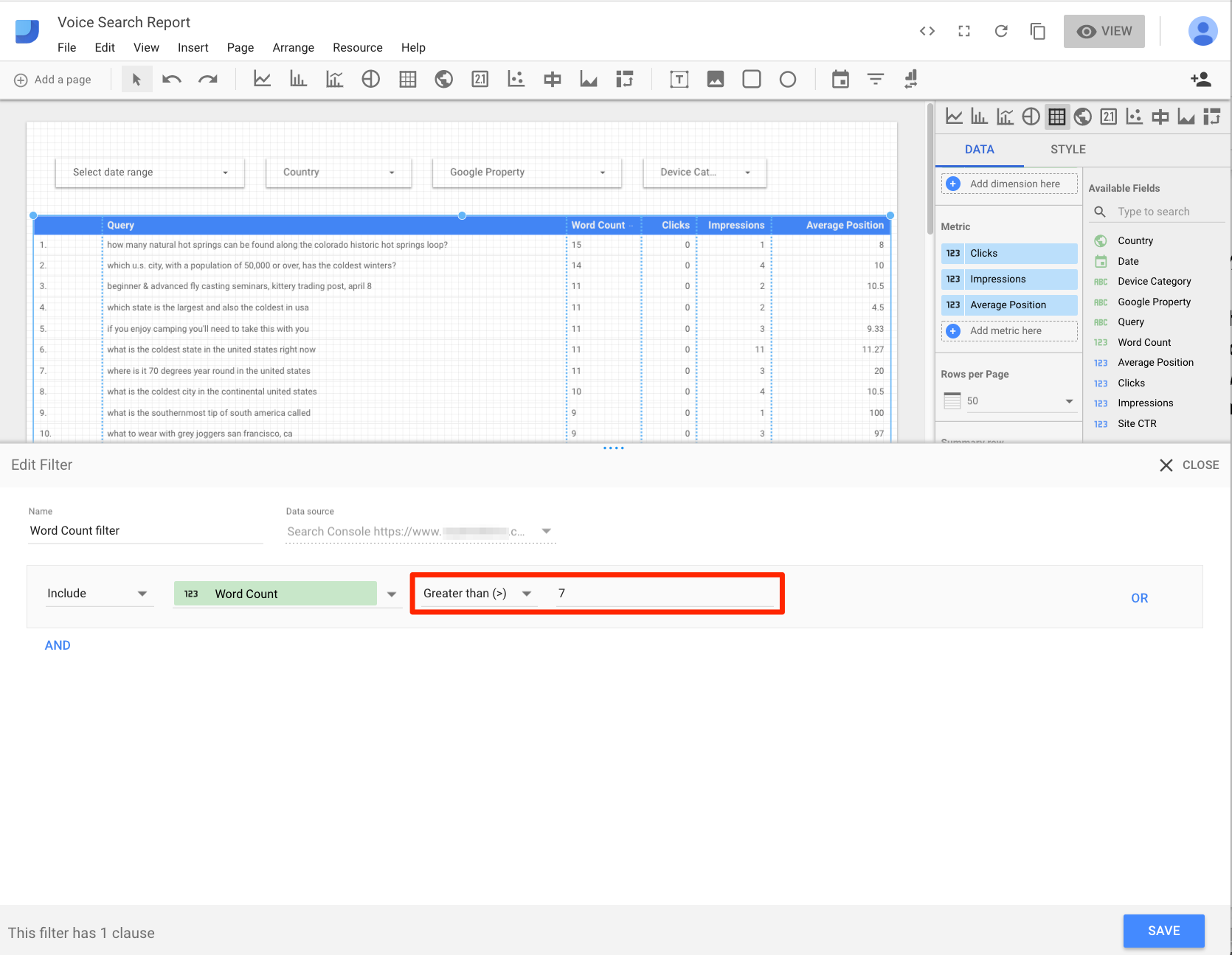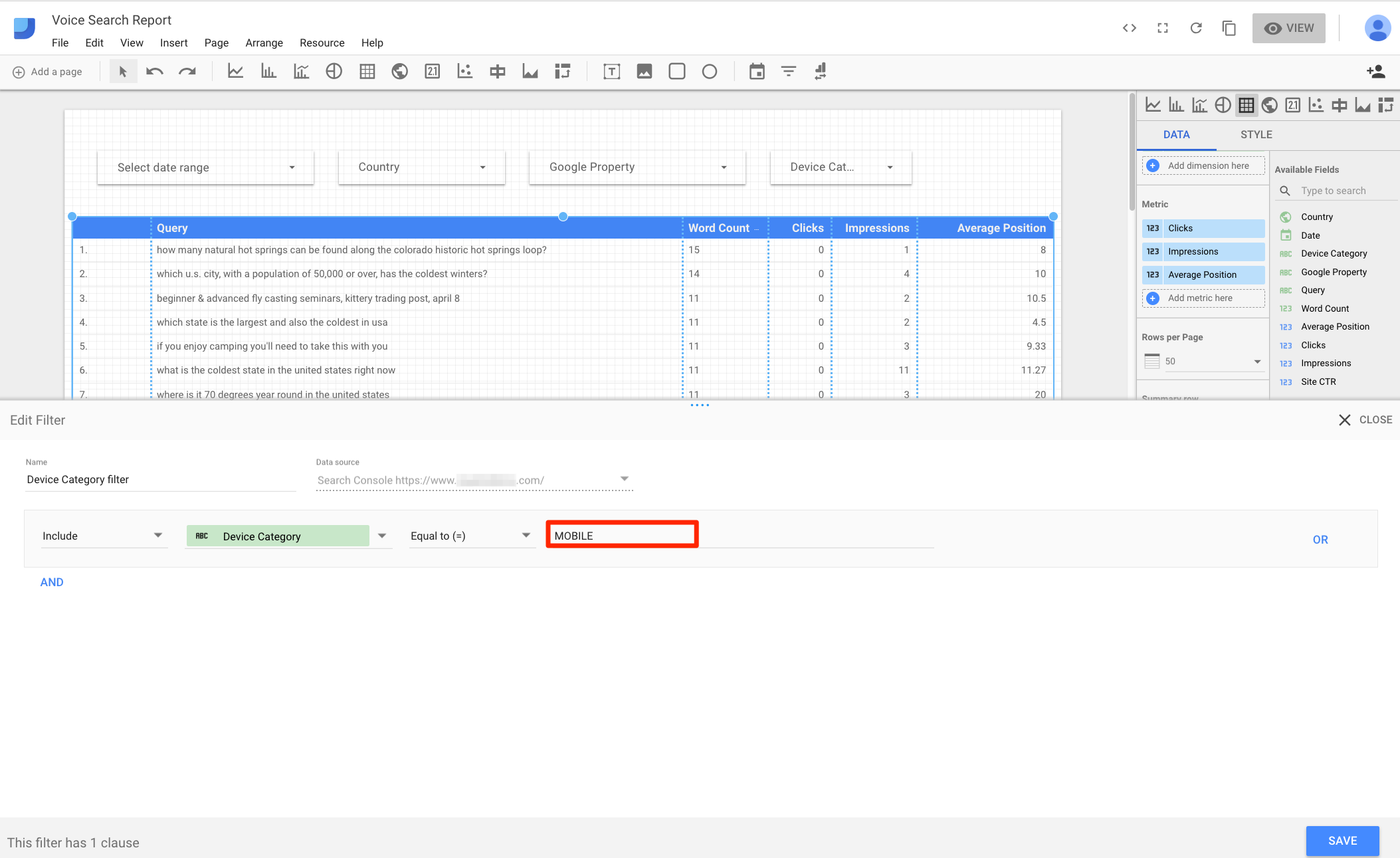Author: Hamlet Batista / Source: Practical Ecommerce
Mainstream tactics for search engine optimization will fade in a mobile-first world. The traditional behavior of typing keyword phrases in a search box is being replaced by searches for voice, barcodes, and images.
Mobile searches are already eclipsing desktop. Obscure, long-tail searches will become increasingly important. Think about a consumer — cell phone and wallet in hand — holding a competitor’s product. With a quick barcode scan or product image search, she can shop for better alternatives.
It is impractical to type long-tail searches on mobile devices. But this difficulty also presents opportunities. In this post, I’ll address how to optimize mobile searches for voice, barcodes, and images.
Voice Search
In December, Google’s John Mueller asked for feedback on a potential new Search Console feature to label voice searchers separately from desktop, image, and mobile. This was a hint that we might soon have access to this functionality.
Until then, here’s a solution for detecting voice searches that I hacked using Google Data Studio.
The insight is that our word choices are typically different when we type versus when we speak. When we type, we normally use as few words as possible. We use many more words when we speak.
To detect voice searches, I created a Google Data Studio report that you can clone and update. It lists keyword phrases that are likely to be voice searches that your site is showing up for in Google. (In “Using Google Data Studio for SEO,” I explained how to create a report like this from scratch.)

—
Let me explain. After using the Google Search Console connection in Data Studio, I dragged and dropped some existing fields: Query, Clicks, Impressions, and Average Position. But, to identify long keyword phrases coming from mobile devices, I created a new field, “Word Count,” and two filters, one for a minimum number of words, and another to filter only mobile searches.

—
Here is the code for the Word Count field.
LENGTH(REGEXP_REPLACE(Query, "[^\t\n\f\r ]", "")) + 1
To count words in the search phrases, use this trick.
REGEXP_REPLACE(Query, "[^\t\n\f\r ]", "")
We are eliminating any words and leaving only spaces. Then, we count the spaces with LENGTH.
If you try to count words by spaces, you would be short one word. That is why we add 1 at the end.

We now want to filter the list to include only long phrases. The number of words differs among websites. In the case of this example site, I found seven words to be meaningful. Again, my premise is that it is difficult to type such long phrases in a mobile device. Thus I assume that lengthy search phrases on mobile are spoken.
Moreover, the phrases are mostly questions and mostly complete sentences, which also indicates they are spoken.
The final filter will make sure we see the long phrases only from mobile devices. If necessary, we could include tablet searches, too.

—
After these customization steps, you should have a report that shows likely voice searches your site is ranking for on mobile, and whether those searches are generating traffic.
Audience Team
The digital audience insights you need to build, manage and market to your digital audiences.

